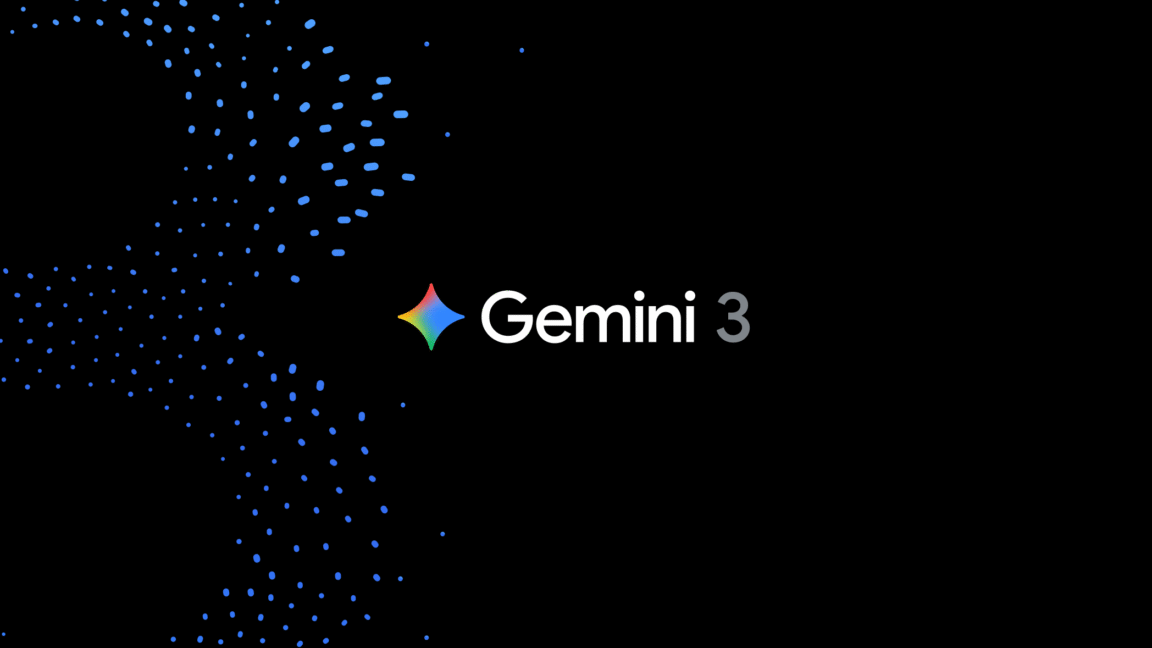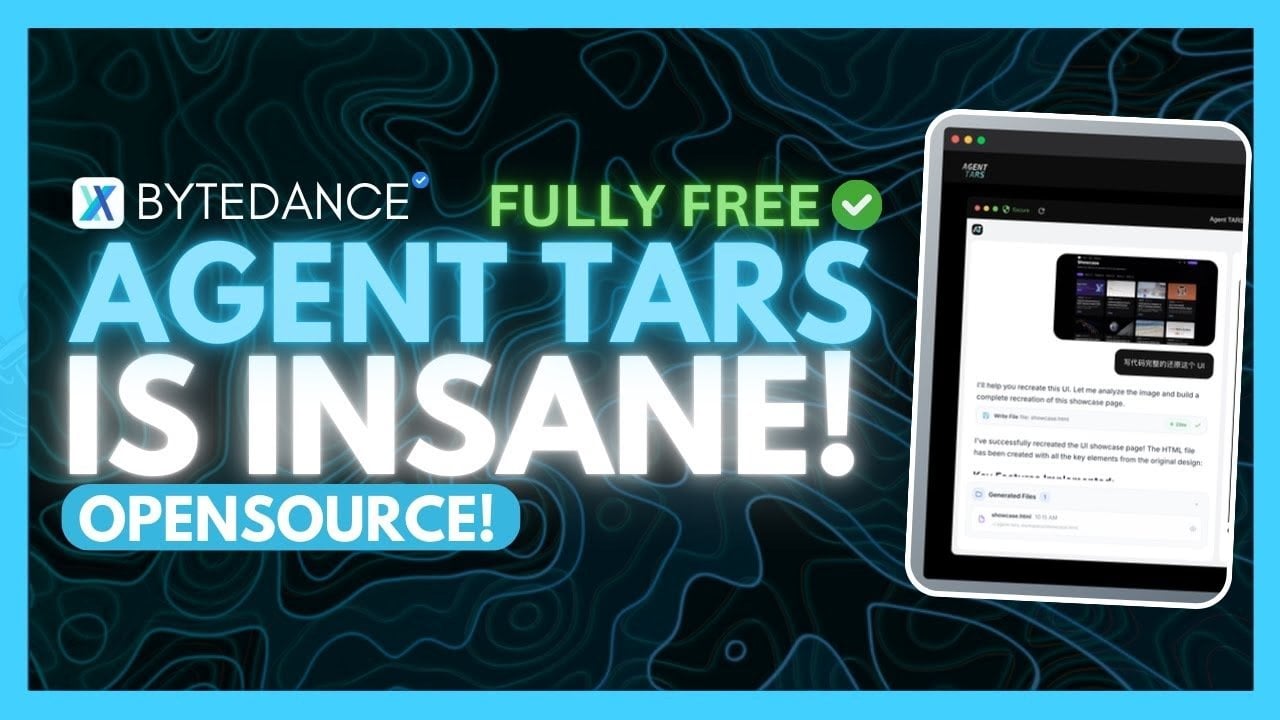#multimodal-ai
#multimodal-ai
[ follow ]
#gemini-3 #benchmarks #gemini-3-pro #open-source #smart-glasses #nova-2 #nova-forge #zero-shot-performance
fromTechzine Global
4 days agoGoogle enhances Gemini Deep Research with Interactions API
Google has released a new version of Gemini Deep Research. This is an agent designed to automate complex research tasks. The agent runs on Gemini 3 Pro. The model can process handwriting, graphs, and mathematical notation. It incorporates this visual information directly into reports and search queries. As a result, the system can not only search textual sources, but also retrieve data that was previously difficult to automate, according to SiliconANGLE.
Artificial intelligence
fromWIRED
2 weeks agoAmazon Has New Frontier AI Models-and a Way for Customers to Build Their Own
Amazon detailed two improved large language models, Nova Lite and Nova Pro; a new realtime voice model called Nova Sonic; and a more experimental model called Nova Omni that performs a simulated kind of reasoning using images, audio, and video as well as text. The new models are being made available today to a limited number of customers.
Artificial intelligence
Artificial intelligence
fromGeeky Gadgets
2 weeks agoGemini 3 vs ChatGPT 5 : Here's Why Gemini 3 Now Powers Our Daily Work
Gemini 3 redefines AI with advanced multimodal processing, dynamic personalized search, and rapid 'vibe coding' app development, outperforming legacy models for marketing and development.
fromFast Company
1 month agoAI unlocks hyper-personalization at scale
The underlying issue is a technological design constraint: You can either create something highly personalized or something that scales to hundreds of people simultaneously, but rarely both. A seismic change is afoot that will dwarf the previous chasm, like the shift from black and white film to color cinema. Multimodal AI is poised to eliminate the joint scaling and personalization limitation, enabling truly multidimensional, adaptive experiences where each person experiences something completely unique, all generated in real time.
Artificial intelligence
Artificial intelligence
fromTechCrunch
1 month agoSources: Multimodal AI startup Fal.ai already raised at $4B+ valuation | TechCrunch
Fal.ai raised about $250 million at a valuation above $4 billion, driven by rapid multimodal AI adoption, extensive developer usage, and specialized media-focused infrastructure.
fromTechCrunch
2 months agoA 19-year-old nabs backing from Google execs for his AI memory startup, Supermemory | TechCrunch
Context windows of AI models, which indicate the ability of a model to "remember" information, have increased over time. However, researchers have suggested new ways to increase long-term memory of AI models, as they often can't hold context over several sessions. 19-year-old founder Dhravya Shah is attempting to solve problems in this area by building a memory solution, called Supermemory, for AI apps.
Artificial intelligence
fromBusiness Matters
2 months agoBest AI Character Chatbots in 2025: AI Character Chatbots Reach a New Peak
AI character chatbots have grown to be the most discussed use of artificial intelligence applications for the year 2025. Their use goes beyond simple and mundane conversations as they have also assumed the roles of emotional partners, artistic collaborators and entertainment aides. Thanks to the Internet and the digitalization brought by Gen Z, the conversations with digitally constructed characters keeps on improving and developing.
Artificial intelligence
fromZDNET
2 months agoOpenAI's Sora 2 launches with insanely realistic video and an iPhone app
For example, OpenAI said in a blog post that the model was trained to be less overly optimistic, a characteristic that can be observed in instances where a Sora-generated video shows the player missing the shot but still making it into the hoop. With Sora 2, OpenAI claims the player would miss the shot, and the ball would rebound off the backboard.
Artificial intelligence
Artificial intelligence
fromExchangewire
2 months agoDigest: Double-Digit Growth Ahead for Digital Ad spend; Alibaba Unveils Multimodal AI; eBay Moves to Buy Tise
UK digital ad spend will grow 10% in 2025 and 2026, reaching £45bn by 2026; Alibaba launches Qwen3-Omni multimodal AI; eBay moves to buy Tise.
Gadgets
fromGSMArena.com
3 months agoSamsung shares an infographic detailing the advancements made by Galaxy AI so far
Samsung shifted focus to on-device and multimodal AI across Galaxy phones, foldables, watches, and laptops, adding real‑time translation, writing assistance, AI agents, and Gemini Live.
fromClickUp
3 months agoGrok 4 vs. ChatGPT: Which AI Chatbot Wins in 2025?
Elon Musk's Grok 4 from xAI positions itself as the bold, uncensored alternative, while OpenAI's ChatGPT continues to evolve with stronger reasoning and usability. Both claim to give you sharper answers and faster results, but the real test lies in how they perform when you need to debug code, dig through research, draft clear writing, or manage customer conversations. In this blog post, we'll look closely at where each one stands out,
Artificial intelligence
[ Load more ]










